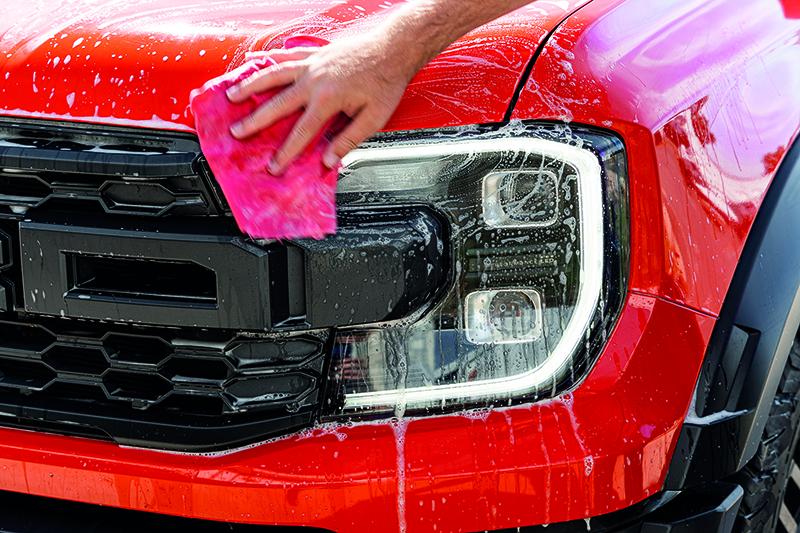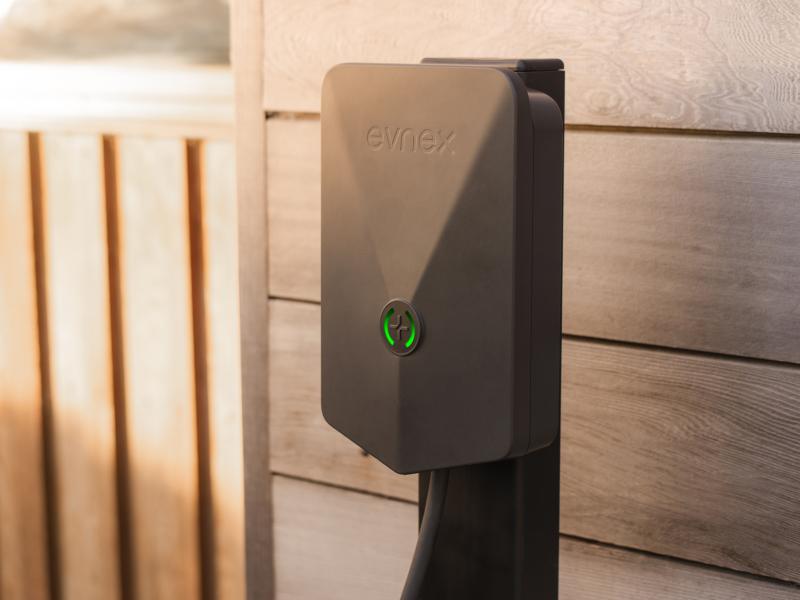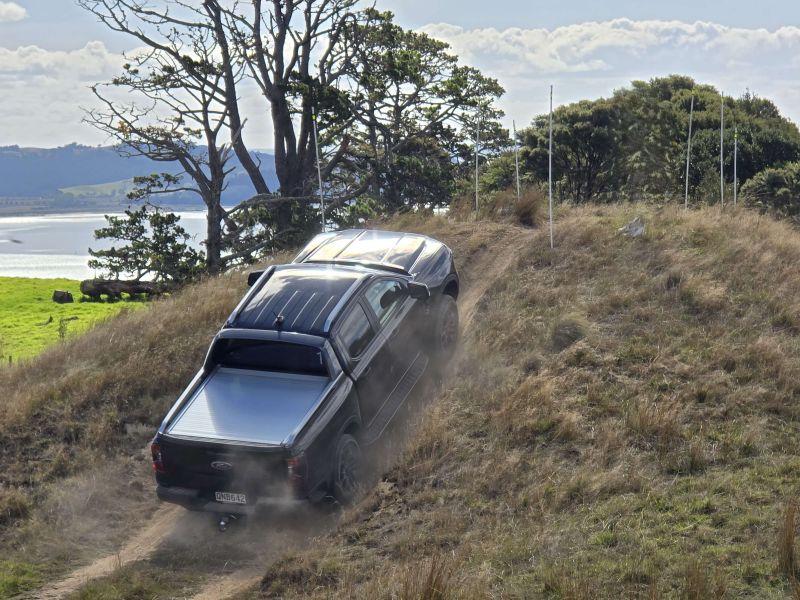From pre-soaking the underside, to cleaning the engine bay and everything in between, here’s what you need to know about cleaning your vehicle after a dirty weekend.
Firstly, Pre-soak to shift mud – Whether you soak with a pressure washer or place a sprinkler under your rig, you’re still going to need to get underneath your vehicle with a hose and wash out the loosened mud and grit. Be nice and thorough with this process as mud has a way of finding its way into all sorts of nooks and crannies, but don’t get too close if you’re using a high-pressure hose or you could end up stripping paintwork.
Use a hose to flush out the chassis rails until the water runs clear. Make sure you give the leaf springs a good wash too; they can get squeaky if grit is allowed to accumulate. Similarly, make sure body and door drainage holes aren’t caked with mud.
Wash off saltwater straight away – It doesn’t matter whether you only drove on the sand or got your vehicle splashed with sea water, or you had to cross a river mouth on the beach that had salt water in it, you need to thoroughly clean its undercarriage.
Cleaning the body – Use one bucket for the body, one bucket for the tyres and wheels and one for rinsing. Add your preferred car shampoo solution (using dishwashing liquid is a big no-no) to two of the buckets of water and leave the other one filled with clean water only. Give the body a good rinse down to help loosen any muck and then get into it with the soapy sponge working your way from the top down. Make sure to rinse your sponge regularly in the clean water bucket so that you’re not putting muck back into your cleaning bucket, and rinse off your vehicle with your hose as you go.
If you are going to use a pressure washer, then use a wide spray pattern, don’t get closer than 300mm to the surface, and only angle the spray at 90-degrees to the body. Angling the spray could damage the graphics and cause the edges to peel.
Cleaning wheels and tyres – Grab your non-car-body sponge or mitt, or even a specialized wheel brush and using your second bucket of soapy (car shampoo) water. An accumulation of caked on mud inside the rim can throw your vehicle’s wheel alignment out, so pay as much attention when cleaning the wheels as to any other part of your vehicle.
Washing the engine bay – Most of us never ever look in the engine bay, or think about cleaning it when washing our trucks, but we should. In the same way mud and salt spray can get into the nooks and crannies under our vehicle, it can also splash up into the engine bay. And if we combine it with a fluid check then we’re doing two jobs at once. Never, ever try and clean your engine bay with a pressure washer or try and clean the engine bay when the engine is running.
Preparation is key. For instance, covering the battery, power distribution box and air filter assembly with plastic to prevent damage, and never wash or rinse any ignition coil or spark plug wire.
Grab a can of approved engine degreaser or shampoo and give the engine bay a good spray. Working from the front to the back rinse the engine bay.
Cleaning the interior – Remove your vehicle’s mats and seat covers (if fitted) and clean them separately with a vacuum or, if you’ve got rubber floor mats, clean them with some soapy water and a sponge, rinse them and then lay them out in the sun to dry.
Take a damp cloth and wipe down all the interior surfaces. Once you’ve given the interior a dust then grab your vacuum and give the carpets and seats a clean.
Last thing are the windows. The outside should be nice and clean already so take some window cleaner (without ammonia is better) and give the inside of the windows a spray and wipe.






